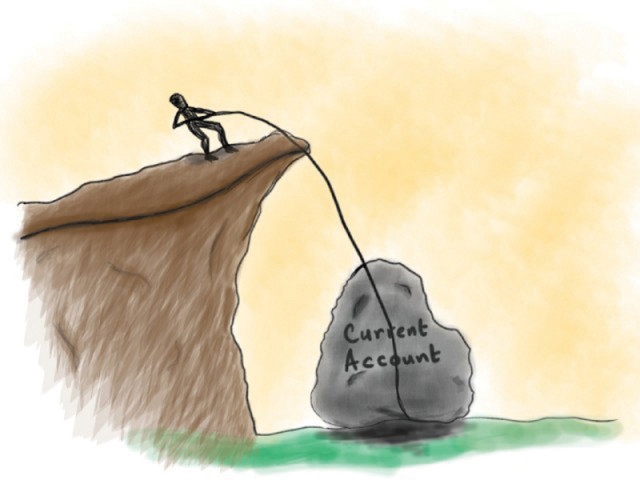
As the fiscal data of the pre-Bangladesh period has not been re-estimated with the use of proper methodology, it is well-nigh impossible to know the highest-ever deficit number. However, the statistical appendix of the Pakistan Economic Survey 1972-73 gives a surplus/deficit series from 1948-49 to 1972-73. According to this series, Pakistan’s first-ever deficit occurred in 1965-66, a war year, when the defence spending more than doubled in a single year. Again, the next deficit happened in the war year of 1971-72.

Post-Bangladesh, the State Bank’s Handbook of Statistics on Pakistan Economy 2015 provides a consistent set of information using the current definitions. It was first published in 2010 and has since been made a five-yearly publication. The starting year is 1975-76, showing the first-ever double-digit fiscal deficit pointed out by Mehtab Haider. It was 9 per cent in the following year and in 1978-79; the latter year falling in the Zia regime. Junejo’s last year, 1987-88 also hit 9 per cent. The first year of Nawaz-I (1990-91) was the last time the 9 per cent mark was touched and PTI’s 8.9 per cent score is the sixth largest.
Deficits per se are loathsome to the neoliberal way of thinking, but it makes sense to see them in a context. Mr Bhutto’s 10 per cent in 1975-76 was entirely due to development expenditure, i.e. investment which laid the foundations of growth in the Zia years. In 1976-77, development expenditure increased to 11 per cent of GDP while the fiscal deficit stood at 9 per cent. In other words, one per cent of the revenue surplus was also used for development. General Zia’s 9 per cent in 1978-79 was also fully utilised for development. Muhammad Khan Junejo’s 9 per cent was absorbed in a development expenditure of 7 per cent and a revenue deficit of 2 per cent. The development expenditure declined to 6 per cent and revenue deficit increased to 3 per cent under Nawaz-I. Out of PTI’s 8.9 per cent, only 3.2 per cent goes to development and as much as 5.7 per cent to cover the revenue shortfall. Just as a high fiscal deficit is not necessarily bad, a low fiscal deficit is not necessarily good. The lowest-ever fiscal deficit of 2 per cent was achieved in 2003-04 falling in General Musharraf’s period, but development expenditure was just 3 per cent then.
Published in The Express Tribune, August 30th, 2019.
Like Opinion & Editorial on Facebook, follow @ETOpEd on Twitter to receive all updates on all our daily pieces.














COMMENTS
Comments are moderated and generally will be posted if they are on-topic and not abusive.
For more information, please see our Comments FAQ